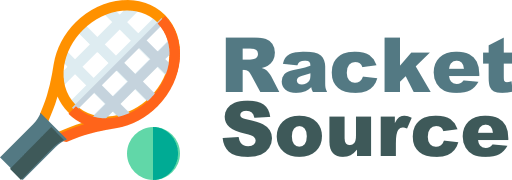NO! There is not double fault as in tennis. You get one chance to get your serve in without faulting. The only exception is a ‘let’… this is where the ball touches the net but lands in the service court.
Similarly one may ask, is a dead ball a fault in pickleball?
Fault. Any fault committed by a player (whether called by the referee or any player, or not) results in a dead ball. The pickleball will immediately be a dead ball upon the first fault. … This is because the Non-Volley Zone violation is a fault, regardless of whether the pickleball is a dead ball or not.
In respect to this, can you ace someone in pickleball?
Ace: A serve that is not returned by the opponent. Point is won on serve without being returned. Backcourt: The area near the baseline, roughly the few feet inside the court from the baseline.
Can you drop serve in pickleball?
Serving Basics
RULES UPDATE (1/25/2021) – A new provisional rule allows for a “drop serve.” The server has the option of dropping the ball and hitting it after the bounce. The ball can be dropped from any height but cannot be thrown, tossed, or otherwise released with any added force to bounce it.
Can you spike the ball in pickleball?
Pickle-ball® is played on a badminton-sized court: 20′ x 44. … Players on each side must let the ball bounce once before volleys are allowed, and there is a seven-foot no-volley zone on each side of the net, to prevent “spiking.” The server continues to serve, alternating service courts, until he or she faults.
Can your paddle cross the net in pickleball?
Reaching over net : If the ball bounces onto your side of the court and spins back over the net, you may reach over the net (ie. breaking the plane of the net) to hit the ball. It is considered a valid return as long as you or your paddle does not touch the net.
